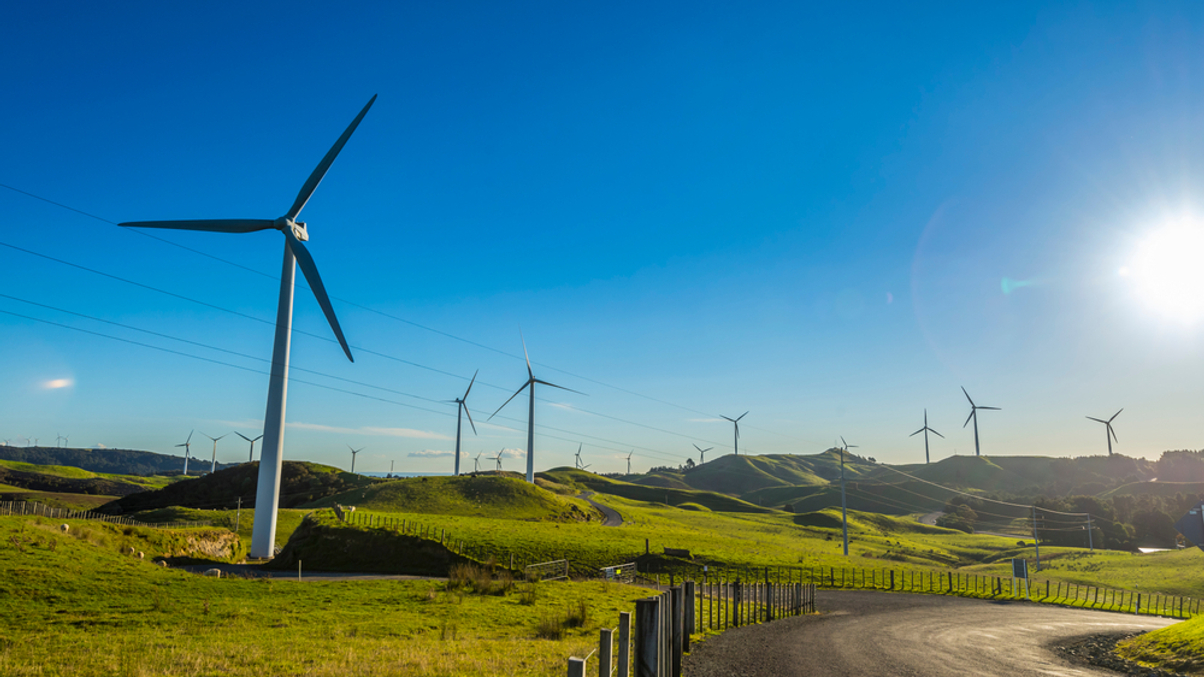Australasian wind power gains momentum as funds, governments weigh in
Wind farms offer long-term investors an attractive return profile and are already receiving broad-based political support in New Zealand and Australia.

As energy supplies continue to preoccupy investors amid the ongoing turmoil in world markets, momentum is building for an accelerated shift to alternative and renewable energy sources.
Sign In to Your Account
Access Exclusive AsianInvestor Content!
Please sign in to your subscription to unlock full access to our premium AI resources.
Free Registration & 7-Day Trial
Register now to enjoy a 7-day free trial—no registration fees required. Click the link to get started.
Note: This free trial is a one-time offer.
¬ Haymarket Media Limited. All rights reserved.


